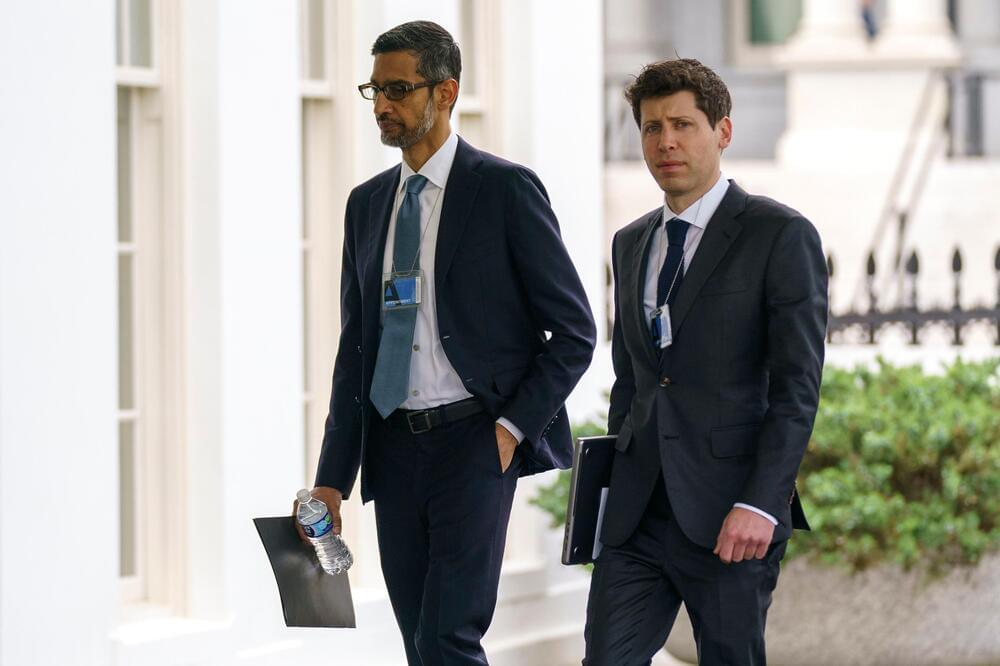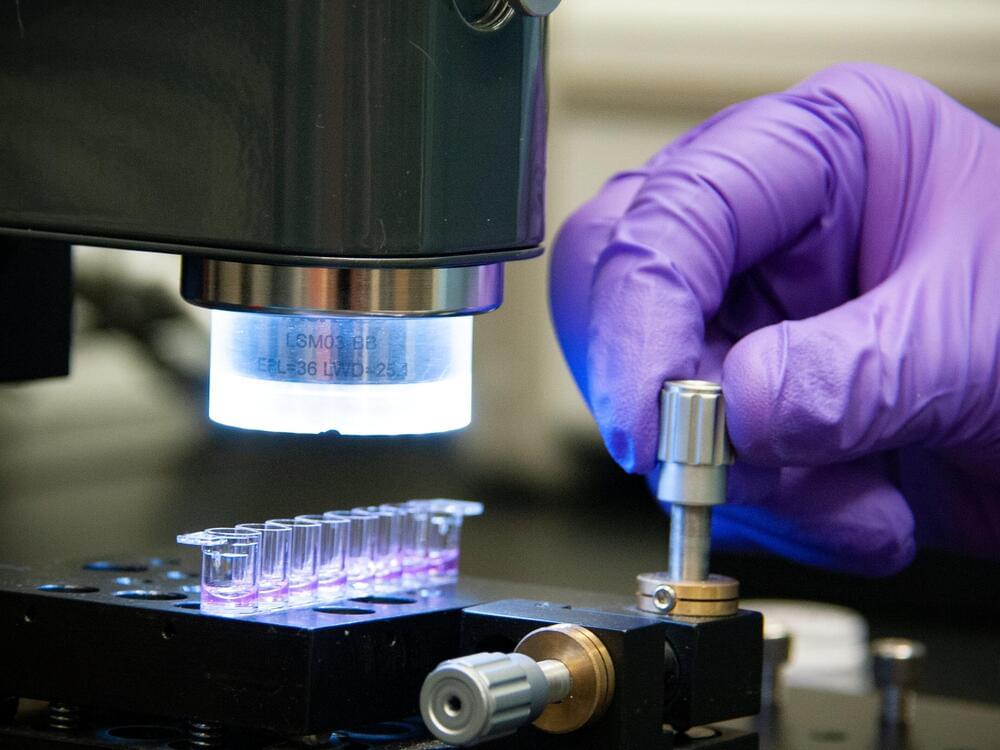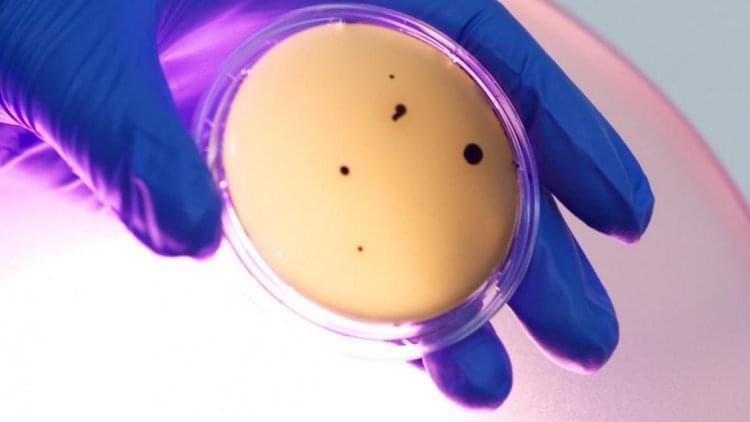Stinging of Hymenoptera can induce IgE-mediated hypersensitivity reactions in patients with venom allergies, ranging from local to severe systemic reactions and even fatal anaphylaxis. Allergic patients’ quality of life can be primarily improved by injecting increased venom doses to alter their immune response to tolerate venom. This venom-specific immunotherapy is very effective and well tolerated, especially in the administration of vaccines. Creative Biolabs is a world leader in the field of vaccine development. With our extensive experience and advanced platform, we are therefore confident in offering the best vaccine development services for allergic disease.
Creative Biolabs provides vaccine development services for bee venom allergy according to customer’s detailed requirements.







